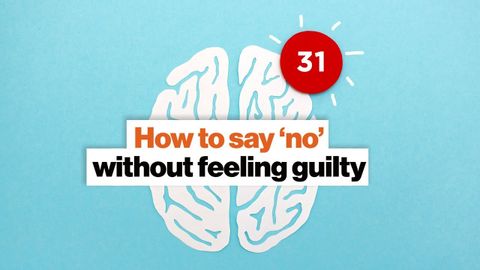
字幕と単語
ノーと言うのは難しい。これらのコミュニケーションのヒントは、それを簡単にしてくれます。| ミシェル・ティリス・リーデルマン (Saying no is hard. These communication tips make it easy. | Michelle Tillis Lederman)
00
Liang Chen が 2021 年 01 月 14 日 に投稿保存
動画の中の単語
bit
US /bɪt/
・
UK /bɪt/
- n.馬銜(はみ);少し : 部分;ビット;錐;小銭;ちょっとしたこと
- v.i.魚が餌に食らいつく
- adv.少し
- v.t.噛んだ
- idiom全く~ない;自分の役割を果たす
A1 初級
もっと見る エネルギーを使用
すべての単語を解除
発音・解説・フィルター機能を解除
